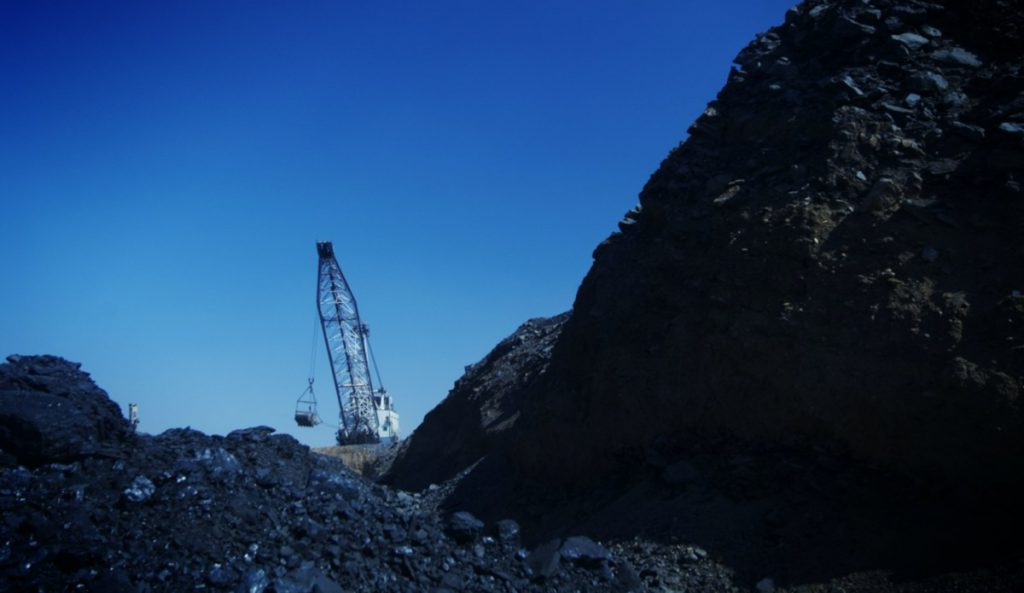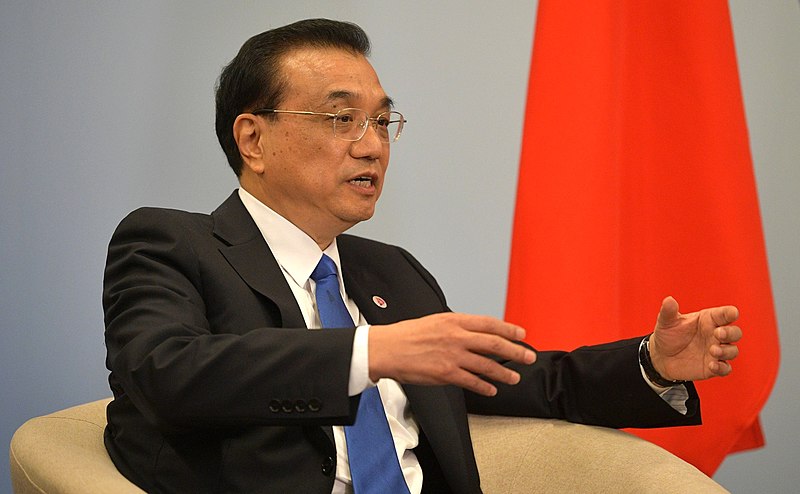China is paying a high price for policies that curbed domestic coal output and imports.

China is paying a high price for policies that curbed domestic coal output and imports, and led to a shortage of the fuel that still largely powers the world’s second-largest economy.
The good news for Beijing is that while the scarcity of coal will cause problems for energy-intensive industries, such as steel and aluminum, the situation is likely to be resolved relatively quickly.
China has already signalled it will seek to boost imports, and domestic output is likely to recover strongly in coming months as more mines re-open after being idled for safety checks.
The problem is that increasing imports will not fully fix the problem and will be costly, especially if Beijing keeps its informal ban on shipments from Australia, put in place last year as part of an ongoing political dispute with Canberra.
THERE ARE SIGNS THAT SEABORNE COAL IS RESPONDING TO THE PRICE RALLIES
Looking at the domestic coal situation first, its clear that supply has become an issue in 2021.
While the big-picture gain of 4.4% over the first eight months of the year to 2.6 billion tonnes doesn’t seem too bad, the detail shows that production has been in a downward trend for most of the year, reversing only in August.
China produced a record high 351.89 million tonnes in December last year, as mines ramped up output to meet demand in a colder-than-expected winter.
Since then, domestic production slumped to 314.17 million tonnes in July, the lowest since May 2019, according to official data.
Production did recover to 335.24 million tonnes in August, but the total so far this year is still well below China’s potential output.
If production had been maintained at December’s record levels, it would have resulted in about 2.82 billion tonnes being mined in the first eight months, or some 220 million tonnes more than what was actually achieved.
It’s not entirely realistic to assume that record production could have been kept up, of course, but what is clear is that China has significantly underperformed its potential when it comes to domestic coal output.
Turning to imports, these are down 10.3% in the first eight months of the year to 197.7 million tonnes, according to customs data.
August’s imports of all grades of coal were 28.05 million tonnes, down from July’s 30.18 million in July, but in general terms the trend has been rising since May, when imports were 21.04 million.
Australia impact
Australia used to be China’s second-biggest supplier of coal, with roughly 60% of its shipments being thermal coal, used for power generation and by industries such as cement, and about 40% coking coal, used to make steel.
China imported 9.79 million tonnes from Australia in June last year, according to data from commodity consultants Kpler, but this had dwindled to virtually zero by January this year.
China has turned to Indonesian coal as a replacement, even though its energy value tends to be less than the Australian equivalent, and it is buying more from Russia and smaller suppliers such as South Africa and the United States.
But in doing so, China sparked huge increases in prices. Russian coal with a similar energy rating to the 5,500 kilocalories per kg (kcal/kg) Australian grade that was popular in China is reported by traders to be commanding premiums of up to 100% more than the Australian fuel.
Indonesian coal is also rallying to records, as Chinese buyers compete with more traditional customers such as India.
The weekly index for Indonesian coal with an energy value of 4,200 kcal/kg, as assessed by commodity price reporting agency Argus, rose to a record high of $91.28 a tonne in the week to Sept. 24 and has quadrupled from its 2020 low.
Benchmark high-grade Australian thermal coal with an energy value of 6,000 kcal/kg, also rose last week, reaching $180.70 a tonne, closing in on an all-time high of $195.25 hit in July 2008.
It’s likely to surpass that record in this week’s assessment, given that Newcastle coal futures closed at an all-time high of $210.50 a tonne on Wednesday.
These high prices are likely to persist, especially if China tries to ramp up imports in coming months.
There are signs that seaborne coal is responding to the price rallies, with Kpler estimating September global exports will rise to 121.2 million tonnes, up from 111.8 million in August, and the strongest monthly outcome since December 2019.
But the point is that it will take several months for higher exports to work their way through the system, just as it will take several months for China to ramp up domestic output by enough to ease the current supply crunch.
In the meantime, the costs will continue to mount, in the form of high coal prices, both imported and domestic, and in the constrained output of energy-intensive industries, which in turn will have a negative impact on supply chains.
https://www.mining.com/web/russell-chinas-coal-crunch-is-self-inflicted-costly-and-temporary

